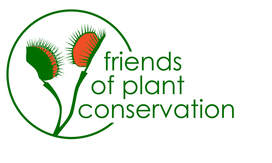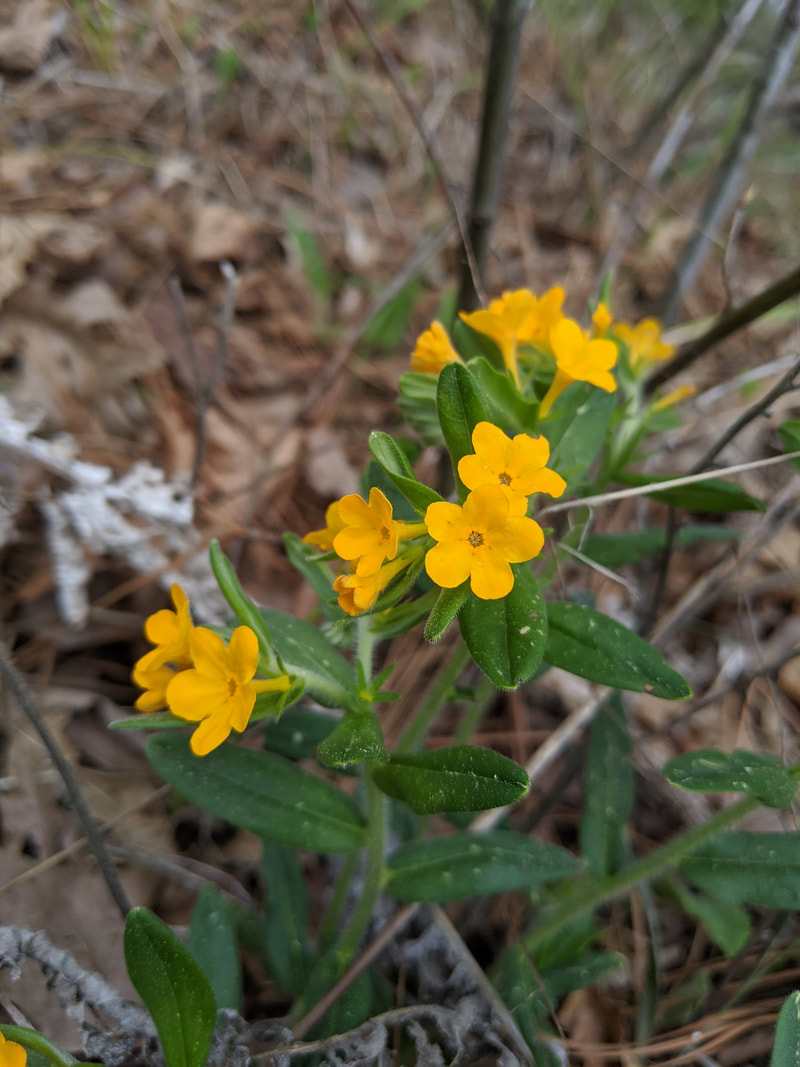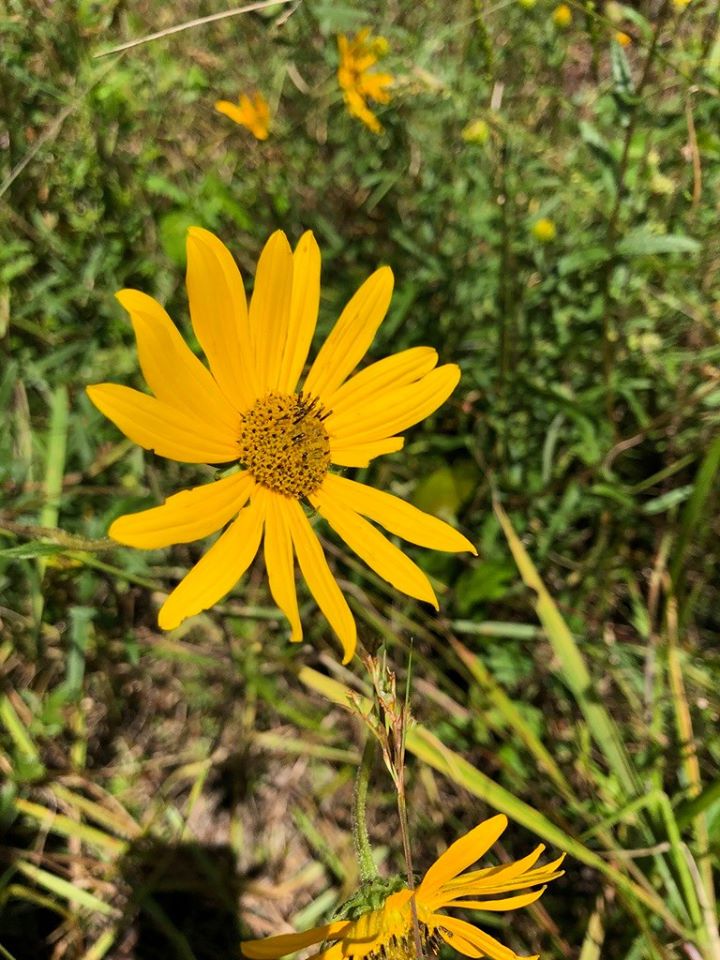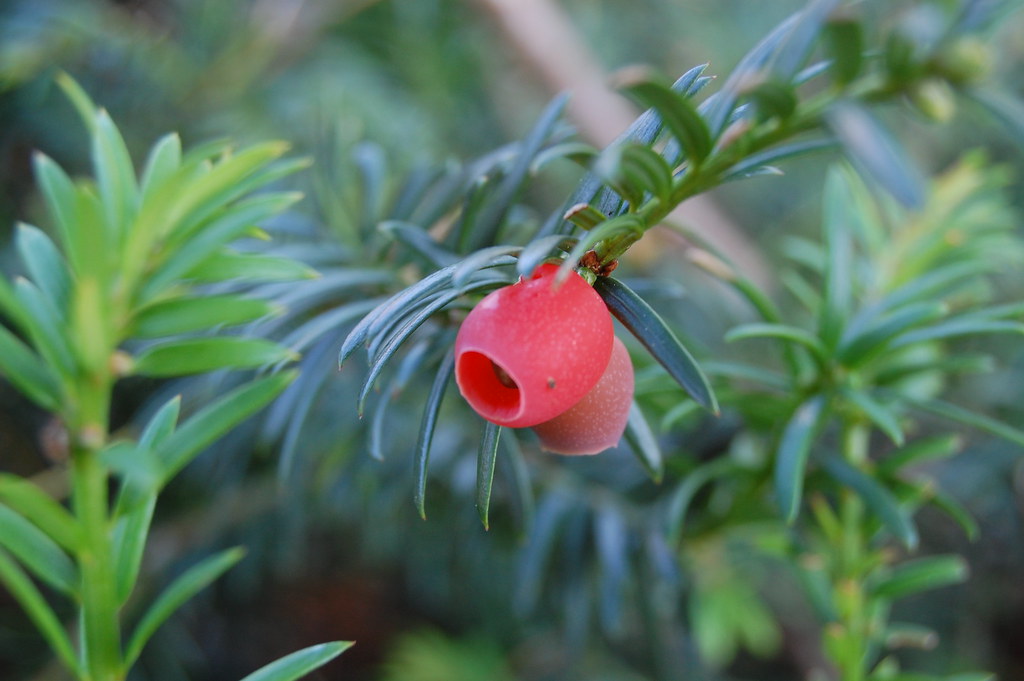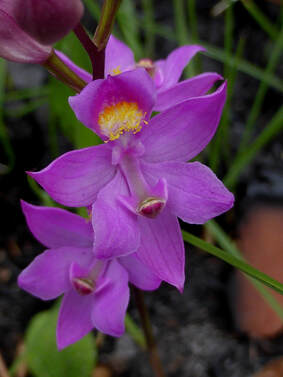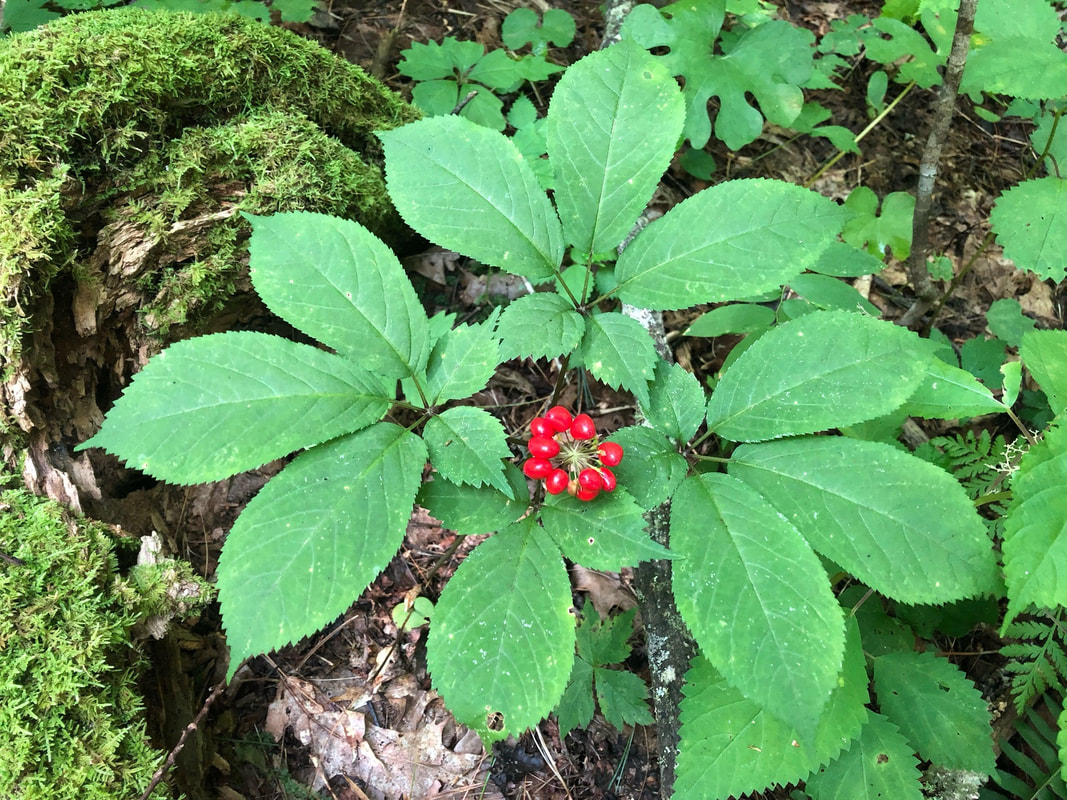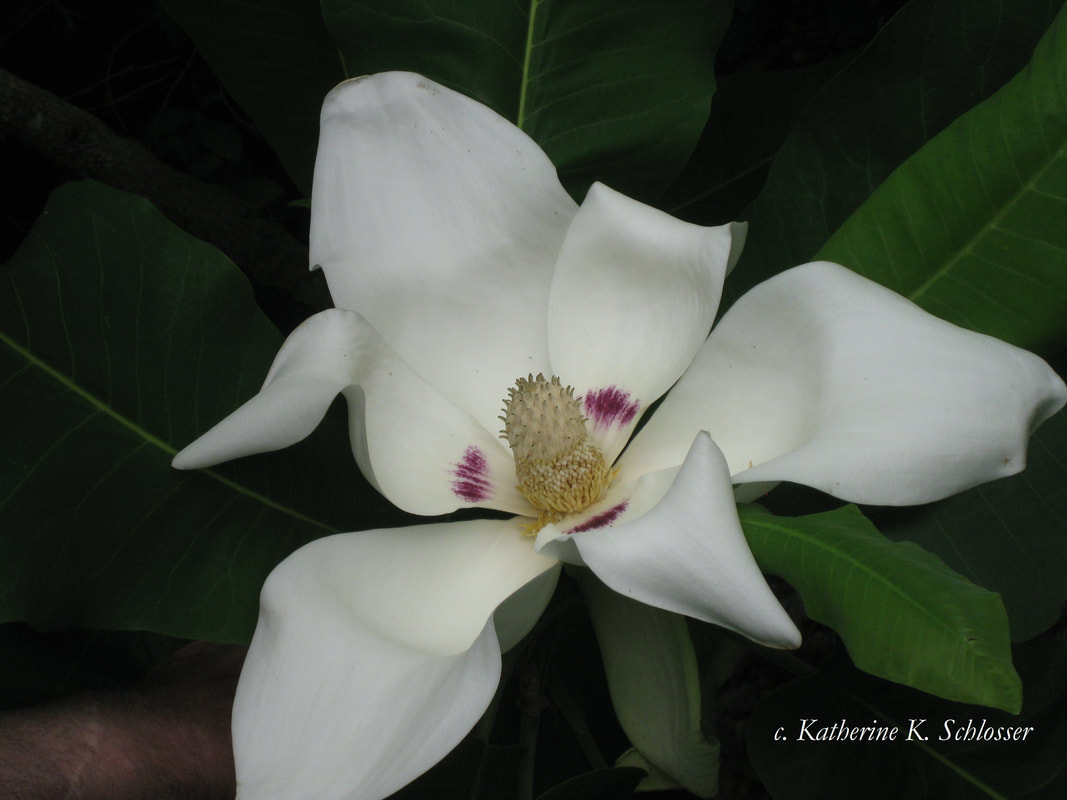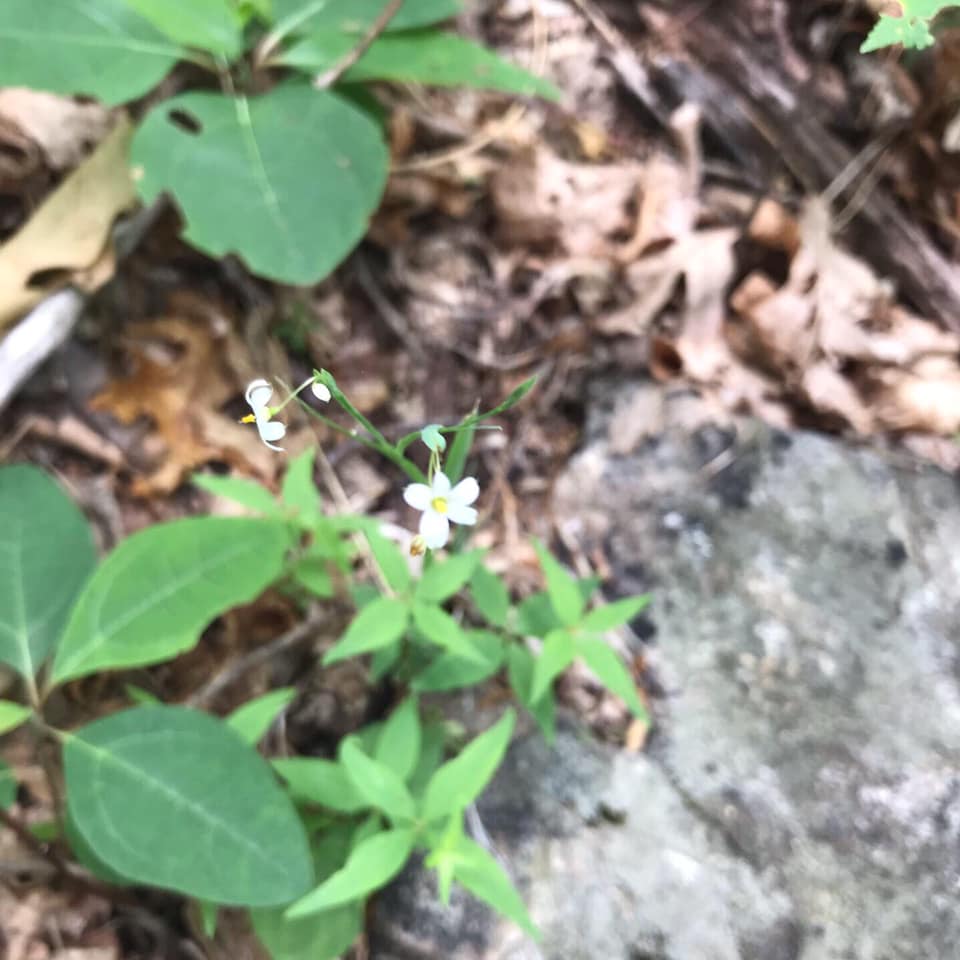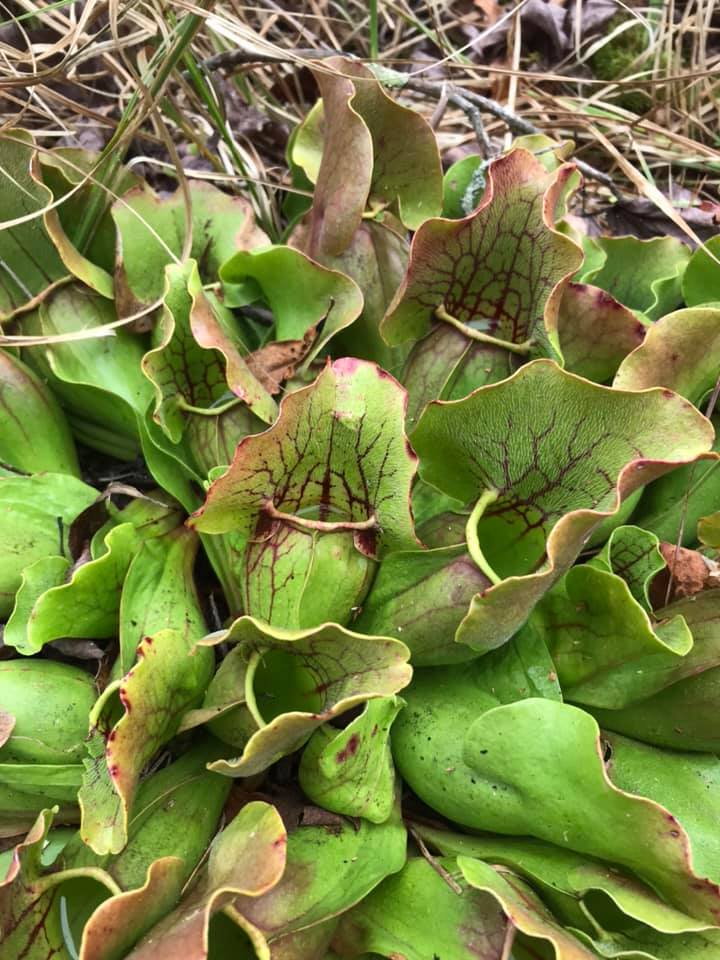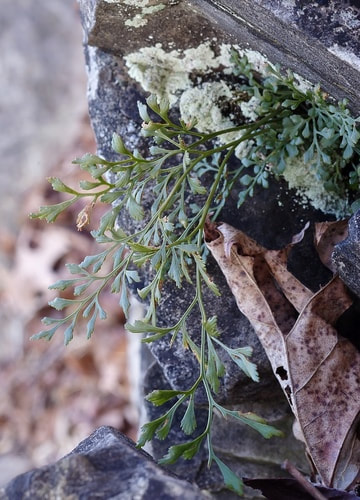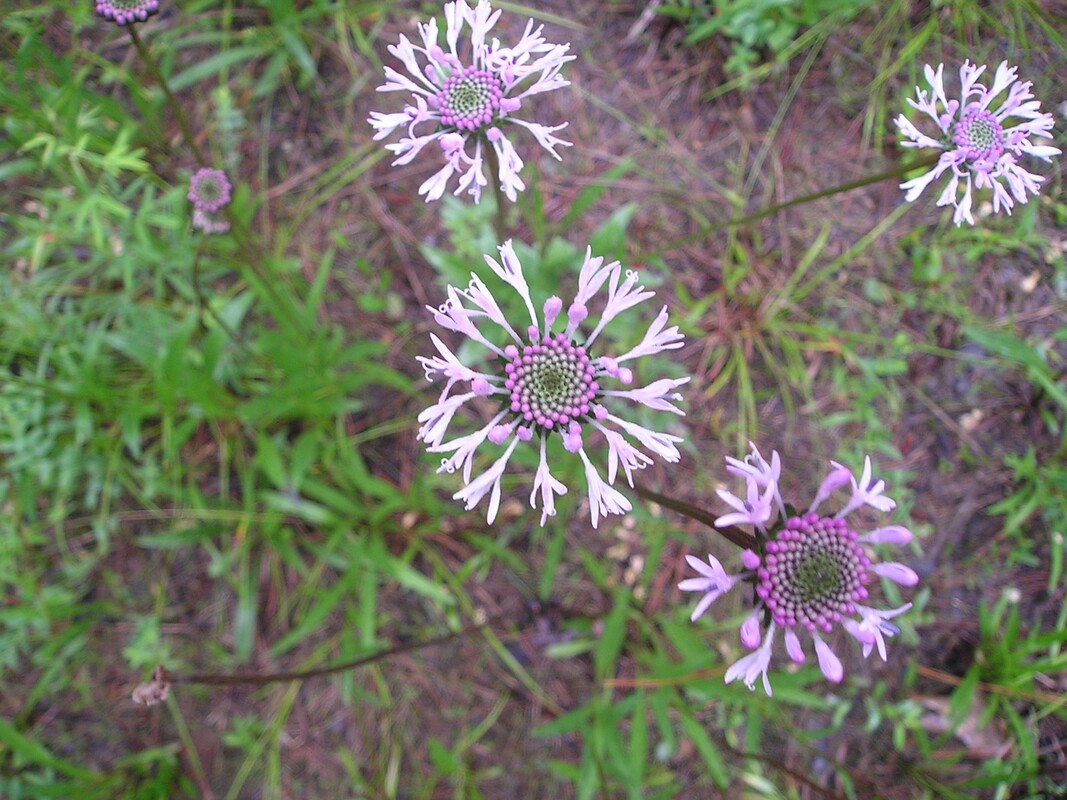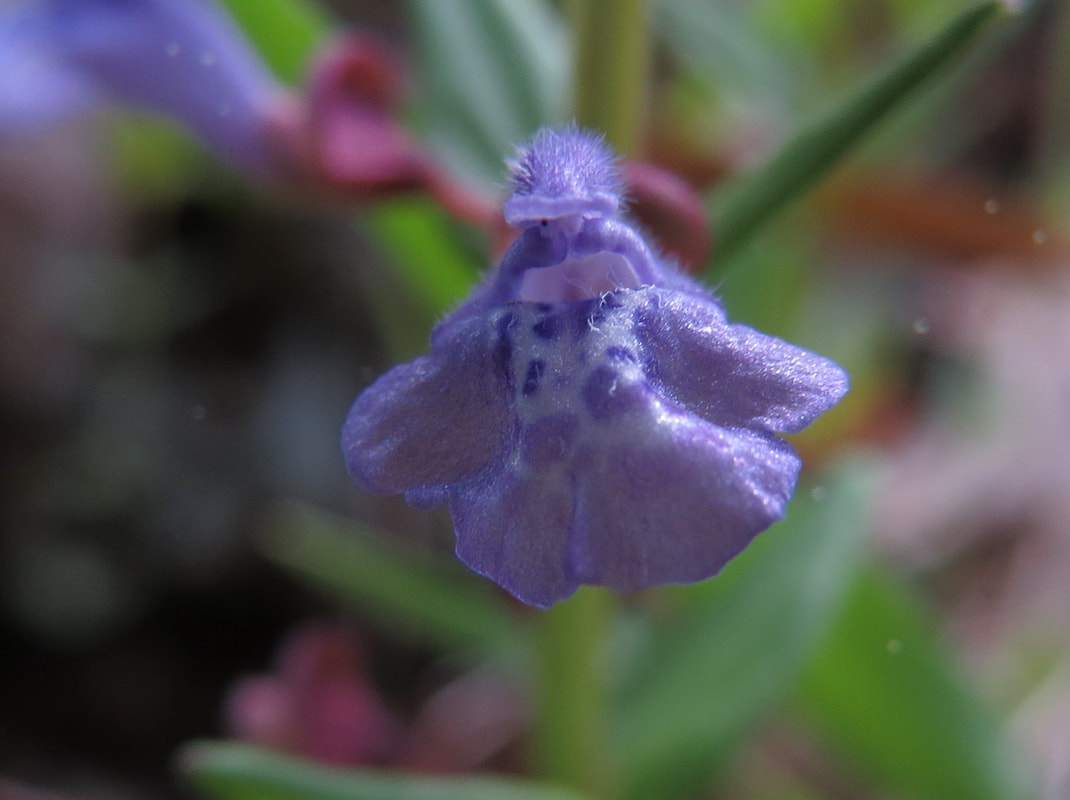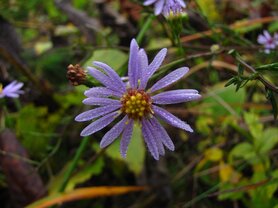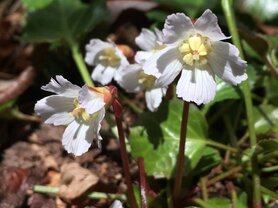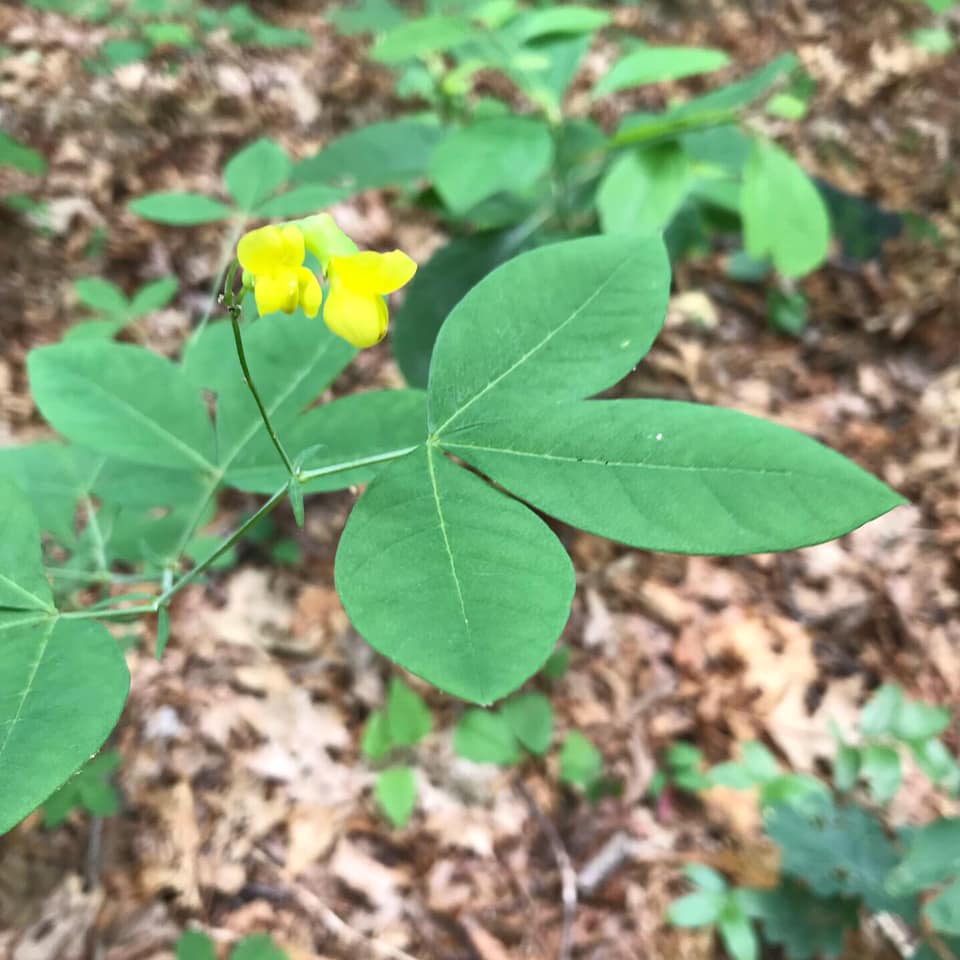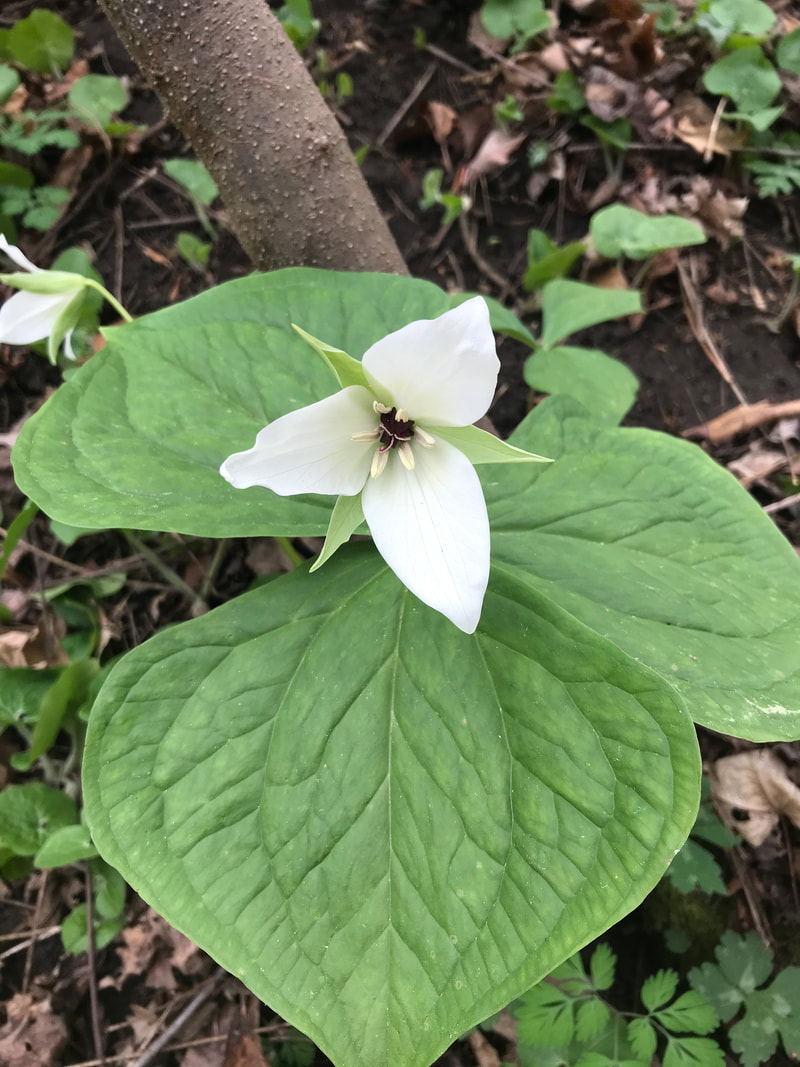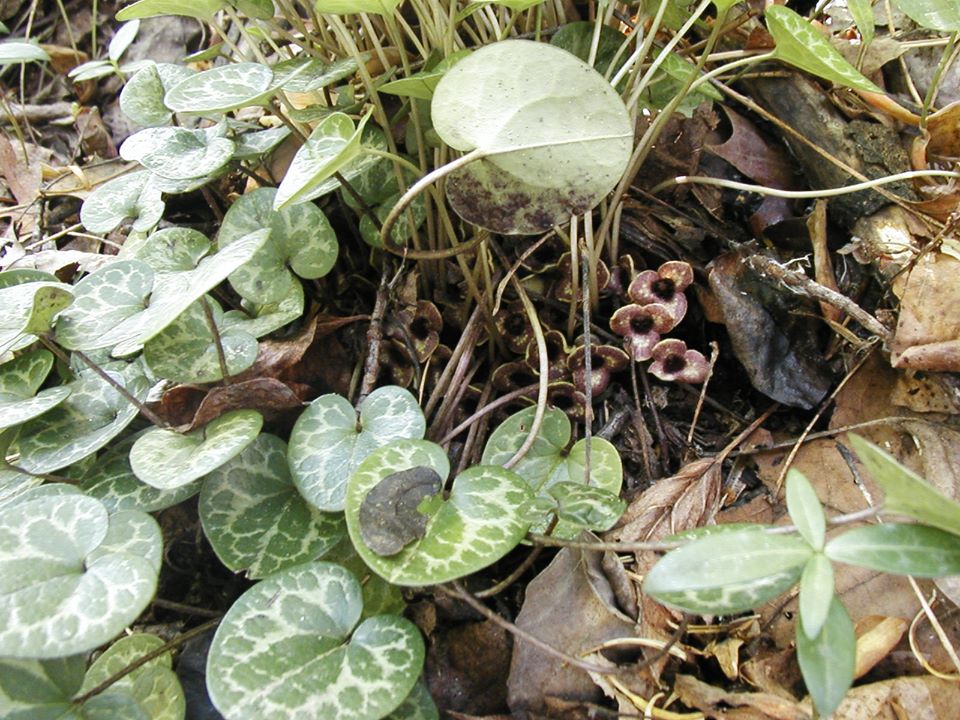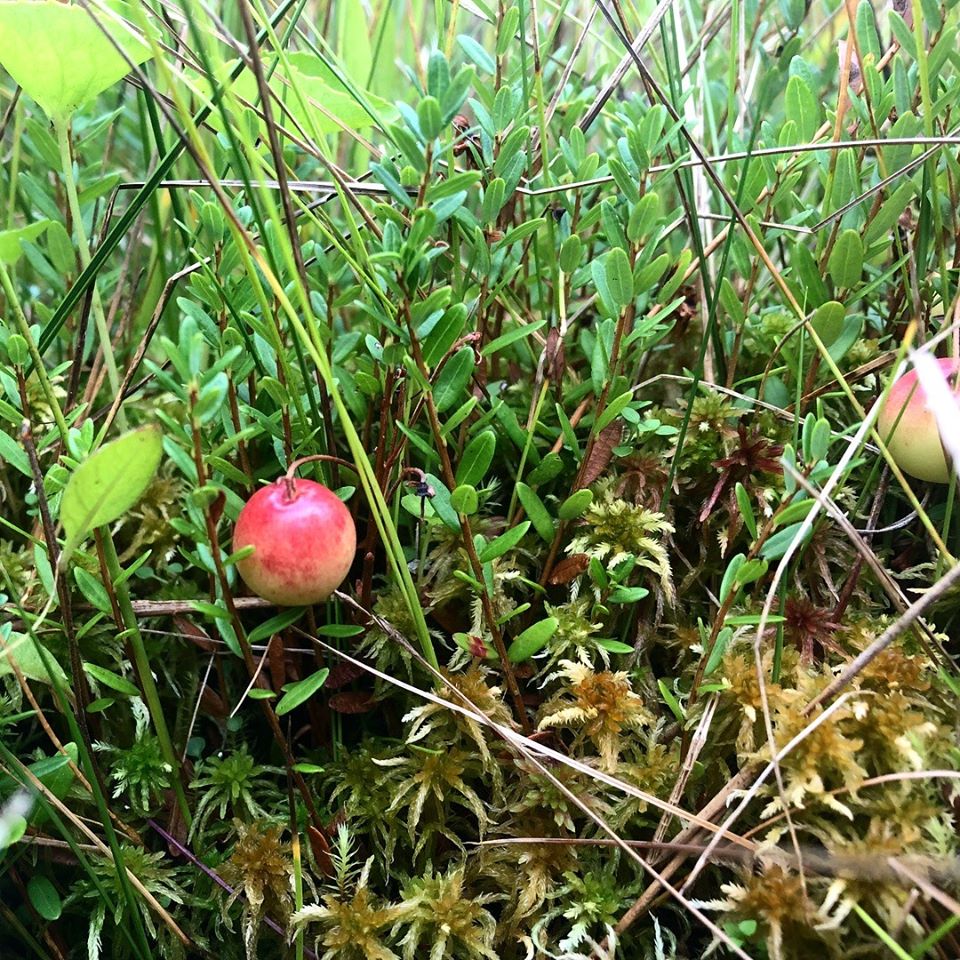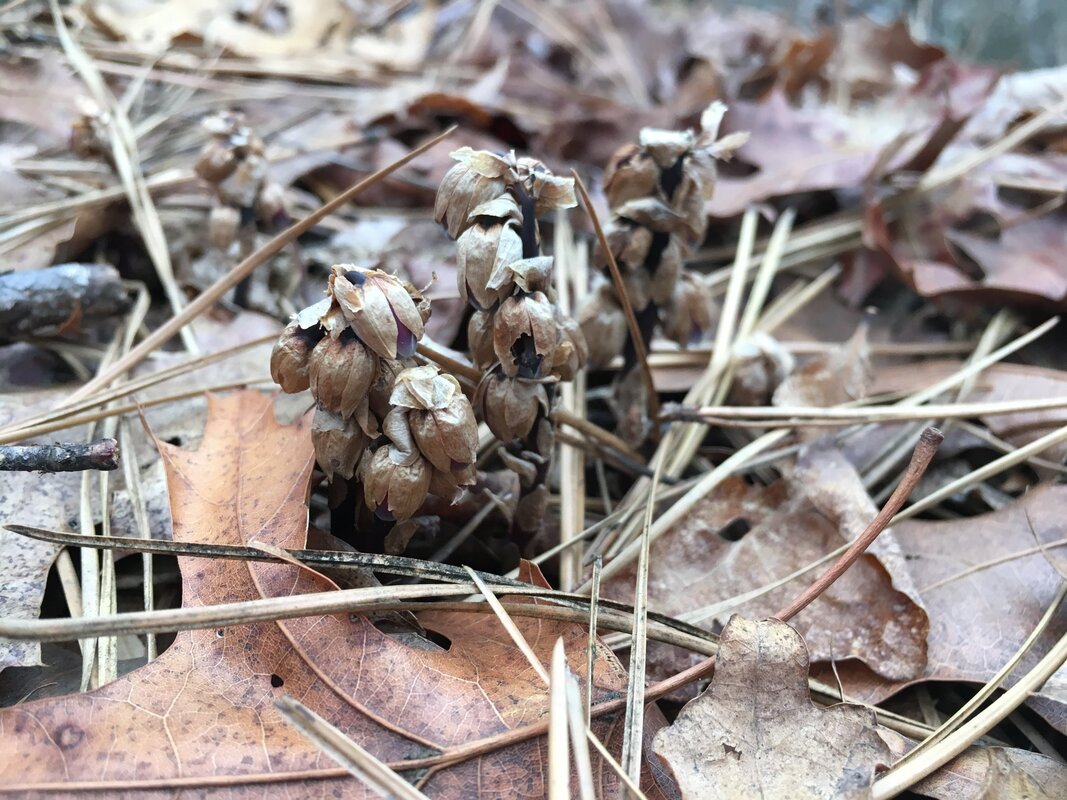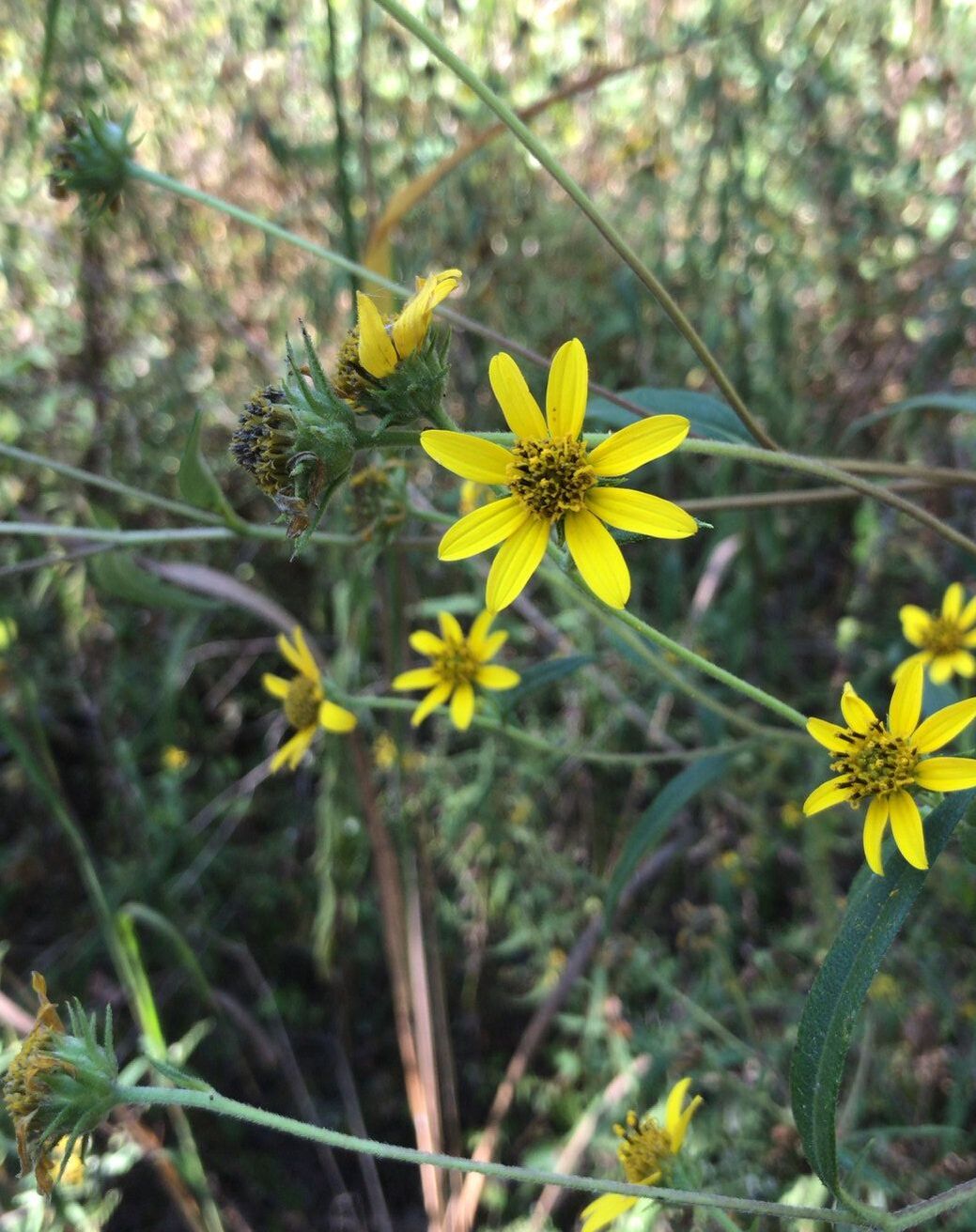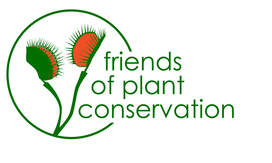Species Spotlights
Our species spotlights are profiles on rare plant species across North Carolina.
Lithospermum canescensCommon name: hoary puccoon. This species is listed as threatened in North Carolina. In late March & early April it shows its yellow-orange blooms at PCP’s Preserves in Durham County. The taproot produces a reddish-purple juice that was used as a dye by Native Americans. This species is found in Piedmont Prairie remnants.
Helianthus floridanusCommon name: Florida sunflower. It has NC as its northernmost range. This species is listed as threatened in North Carolina as there are very few populations limited to wet woods, bogs, and swales in the coastal plain. The primary threat to this species is habitat destruction. Another suspected threat is hybridization with Swamp Sunflower (Helianthus angustifolius), which is much more common in NC.
Taxus canadensisCommon name: Canada yew. This species is an ice age relict, boreal species in which NC is the most southern extent of its range. Canada Yew is listed as threatened in NC as there is one known population in Watauga and Ashe Counties. It is dependent on late successional forest communities and is highly intolerant to disturbances such as browsing by moose and deer. Canada Yew mostly spreads by vegetative reproduction, but individuals found in isolated microsites also suggests dispersal of seeds by birds.
Calopogon multiflorusCommon name: many-flowered grass-pink, a type of orchid. The genus name Calopogon means ‘beautiful beard’ in Greek, referring to the orange-yellow bristles on the flower. This species is found in Longleaf Pine Savannas and heavily relies on fire, blooming a couple weeks after an area is burned. This species is listed as endangered in North Carolina and fire suppression has been a direct cause of the decline in populations.
Panax quinquefoliaCommon name: American ginseng. The N.C. Department of Agriculture and Consumer Services partnered with the National Park Service to stop poaching of this native plant in Great Smoky Mountains National Park. Ginseng has special regulations enforced by state and federal agencies to ensure the species does not become extinct through over-collection. The harvest of wild ginseng is prohibited in national parks year round but is limited elsewhere in NC to a harvest season to allow plants to reproduce. Learn more about NC regulations on the Ginseng page on our website.
. Magnolia macrophyllaCommon name: bigleaf magnolia. This state threatened species is famous for having the largest simple leaf and single flower of any plant in North America! It is protected on the NC Plant Conservation Program’s Redlair Preserve located in Gaston County. With the help of wonderful volunteers, staff from PCP and the Catawba Lands Conservancy initiated a monitoring program last summer to help with the protection of this species.
. Sisyrinchium dichotomumCommon name: white irisette. This species is a federally endangered species with fewer than 10 populations found in 4 counties including PCP's Polk County preserves. Habitat degradation is a main threat to this species.
. |
Sarracenia purpurea var. montanaCommon name: mountain purple pitcher plant. This variety of purple pitcher plant is found only in the Southern Blue Ridge mountains of NC, SC, and GA. Just like its more common relative, the purple pitcher plant, this mountain bog variety captures rainwater in its pitcher-shaped leaves. These pitchers host a diverse community of microorganisms which digest what falls into the pitcher pools. The plant relies on these microorganisms for the nutrients they release as they grow and feed. Researchers at UNC-Asheville have been studying these communities to better understand how health and diversity among these communities impacts the vigor of the pitcher plants on which they depend. How amazing!
© Marty some rights reserved
Asplenium ruta-murariaCommon name: wall-rue spleenwort. This species is an evergreen fern native to Europe and North America. This species' distribution is a great example of showing the ancient land connection between the continents. In N.A this species is found primarily in the Appalachian Mountains and the Ozarks growing on calcareous rocks such as limestone.The variety cryptolepis is listed as Special Concern-Vulnerable in North Carolina.
Marshallia legrandiiCommon name: tall Barbara's buttons. This species was named in 2012 and is found over mafic soils in only two counties, one in NC and one in VA.
Scutellaria leonardiiCommon name: shale-barren Skullcap. This species is listed as endangered in North Carolina. It is currently blooming on PCP's Durham County Preserves. Our Preserve Steward Volunteers, who regularly take care of populations of this and other listed species on the preserve, were lucky enough to catch it in bloom in May and take these photos! Thanks to them, this and other rare species on the preserves have continuous monitoring and maintenance to help with their survival.
Symphyotrichum concinnumCommon name: narrow-leaved smooth aster. This species is listed as threatened in North Carolina. There are few populations found of this species with few individuals found in each site. These rare colorful flowers bloom in October in the Piedmont of NC. This photo was taken from our Preserve Steward Volunteer, Herb Amyx.
Shortia brevistylaCommon name: Northern oconee bells. Asa Gray, the father of American botany, was obsessed with Oconee Bells, Shortia galacifolia. It began in 1839 after viewing a specimen in the Paris herbarium, collected by Andre Michaux in the "high mountains of Caroline” (what was actually in South Carolina). Gray knew this species was unique and he searched for it for 39 years! In 1877, a 17 year old boy, George McQueen Hyams, sent Gray a sample from McDowell County, NC, and finally the search came to a happy end. Until last year, the plant populations in McDowell County have been considered a northern variety of Oconee bells. With new research out last year, Shorita brevistyla (Northern Oconee bells) has been elevated to a full species, endemic to North Carolina, and a true treasure.
Thermopsis fraxinifoliaCommon name: ash-leaves golden-banner This species is state listed as a species of special concern. We were excited to discover last year that Thermopsis fraxinifolia was on PCP's White Oak Mountain Preserve. It is always gratifying to find a new rare plant on a protected preserve.
|
Trilium simileCommon name: sweet white trillium. This species is endemic to the Southern Appalachian Mountains and is listed as Threatened in North Carolina. There are 38 different species of Trillium, and in early spring you can find many blooming in the mountains of North Carolina including the Sweet White Trillium. The trick to differentiating Sweet White Trillium from its more common look-alike, Trillium erectum, is its sweet smell of apples and vanilla compared to the wet dog smell of T. erectum. Beware though, the sweet smell does not last for the entire bloom period and will fade so you need to catch it early.
Hexastylis nanifloraCommon name: dwarf-flowered heartleaf. This species is federally listed as threatened and is endemic to the piedmont of North and South Carolina, where it grows in acidic soils along slopes. Hexastylis naniflora begins to bloom in March and has brownish fleshy flowers that are usually hidden in leaf litter. Fun fact- this slow-growing species produces only one new leaf per year! The main threats to this species are habitat loss and degradation.
Vaccinium marcocarponCommon name: cranberry. This species is listed as threatened in North Carolina, which is the southern edge of its distribution. The main threats are disturbances in wetland habitats, particularly changes in hydrology and succession of woody species for NC. Fun fact, cranberry species used to be called craneberries because their flowers look similar to a cranes head.
Monotropsis odorataCommon name: sweet pinesap. This species is a Special Concern-Vulnerable species in NC. Sweet Pinesap is achlorophyllous (lacking chlorophyll), so it cannot photosynthesize. Instead, it uses ectomycorrhizal fungi to obtain carbon from the roots of hardwood trees, a process known as mycoheterotrophy. It is found in rich hardwood forests throughout the southeastern United States.
Helianthus schweinitziiCommon name: Schweinitz's sunflower. Schweinitz's sunflower is only found in a few counties in the central Piedmont region of North Carolina and South Carolina. The species prefers poor soils that vary from wet to dry habitat, historically occurring in open forests or grasslands is now mostly found along roadsides. We have volunteers help monitor this species on PCP's Preservers in Union and Gaston Counties annually. Monitoring can help ensure the conservation of this species.
Lilium grayiCommon name: Gray's lily. This species is only found in the Blue Ridge Mountains of NC, VA, and TN. This species is susceptible to an exotic fungal pathogen which causes the Lily Leafspot Disease. This disease causes the plant to die back shortly after flowering, often prohibiting them from producing viable seeds.
Currently there is no effective treatment for the pathogen so the Plant Conservation Program and partners are working together to study what can be done to ensure the health of these special populations. The Plant Conservation Program along with students from Appalachian State University initiated a monitoring program for this species at PCP's Tater Hill Preserve in Watauga County in order to help future management activities to save this unique species. |
